As an Amazon Associate I earn from qualifying purchases.
What Do Baby Cats Eat?
Baby cats require many different diets than adult cats. That implies they must eat foods that are specially created for them. A mother cat will usually provide nutrition for her kitten from birth until it reaches 4 to 6 weeks old. If you end up in a scenario where you’re required to take care of and feed newborn baby cats, those fluffy bundles of joy would be completely reliant on you for their nourishment.
It’s usually best to start watching from a distance for several hours before making any judgments. The mother cat may be out looking for food, taking a rest, or even trying to avoid you. Wait a few hours if you have baby cats without their mother. If the kittens are left alone for too long, they have a higher chance of dying. If the mother returns, your best option is to give her some new cat food and water. To prevent disturbing the nest, it’s better not to check on them more frequently than that.
What Do Baby Cats Eat?
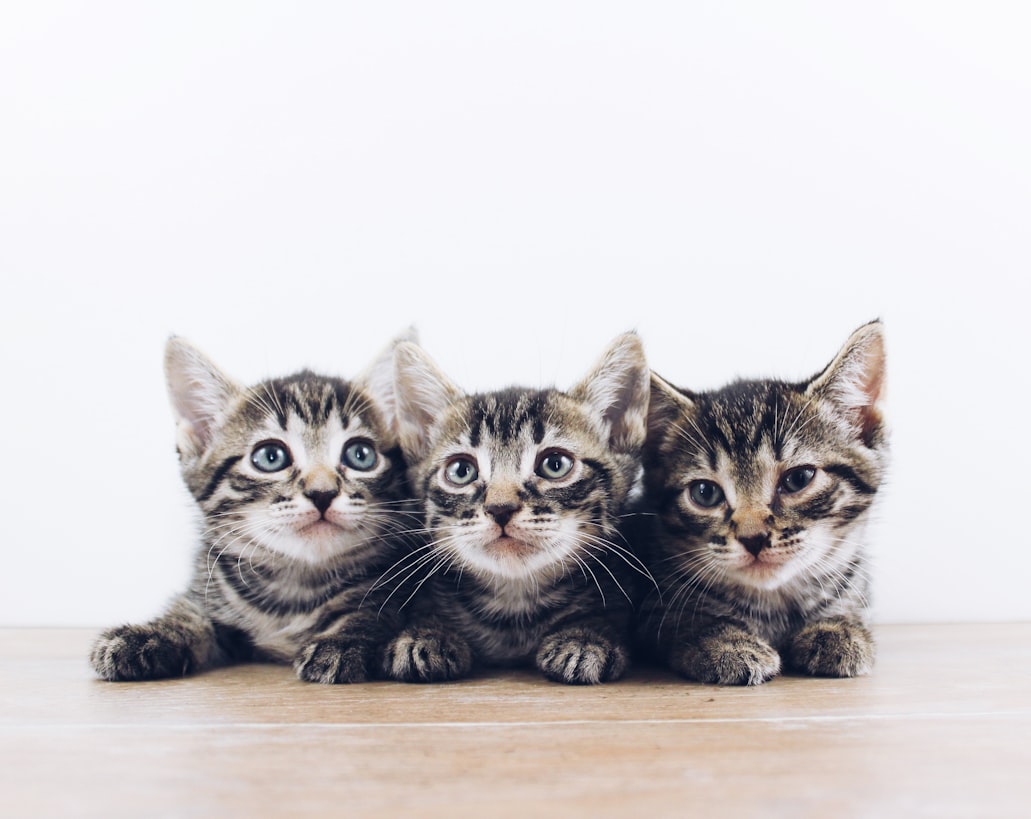
Whether dry or canned, solid food is not suitable for kittens under the age of four weeks. They can obtain nutrients from their mother’s milk. If the mother isn’t accessible, the kitten will rely on you to survive.
You can offer your newborn kitten formula that consists of kitten milk replacer. It’s critical not to give a cat the same milk as humans do. Cats have been known to become ill from drinking cow’s milk. If you’re unsure which kitten milk replacer to use, consult with a veterinarian. They can assist you in selecting the best one.
This table may assist you in determining what to feed your cat as they grow up if you have a kitten or are considering adding a new feline family member to your household:
0 to 4 Weeks
Up until the age of four to six weeks, most cats’ mothers tend to take care of feeding them. If you have a newborn kitten that isn’t being fed by its mother because of illness or rejection, you can offer it newborn milk replacement formula. Baby cats require feeding more frequently than older cats. They feed every 2 to 4 hours up to the age of 4 weeks, on average.
4 to 5 Weeks
Most baby cats are typically ready to replace formula milk with solid foods at this age. During the adjustment period, it’s a good idea to feed kitten food and milk formula together. Some cats are more eager than others to move on to solids. If your kitten is uncooperative, keep them nourished with a formula in order to ensure that they continue to gain weight and develop. When they are ready, they will make the switch.
6 to 8 Weeks
Your kitten should be ready to eat solid foods at this point, and they should be more at ease with them. Choose wet and dry food that has been created for kittens and keep a clean, fresh dish of water accessible at all times. kittens consume three to four meals a day on average at this age.
8 Weeks and Above
If you want to reduce the amount of food your kitten receives, start by giving him 4 feedings each day. Feed your kitten high-quality kitten food until he reaches the age of 6 months old. When they are 6 months old, feeding them only two times a day is feasible.
What Do Baby Cats Eat During Their First Year?
Kitten Food
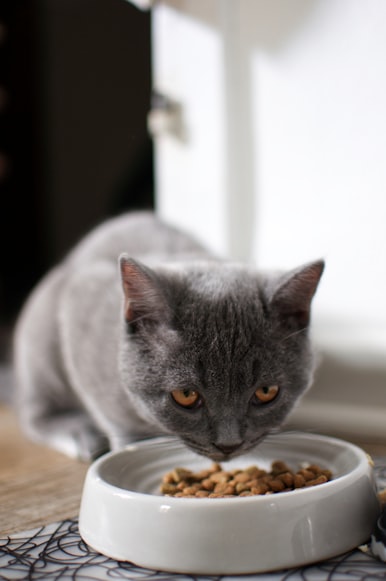
Your baby cat should be eating high-quality kitten food or a diet that is appropriate for all feline life stages. As you progressively expose her to new foods, stick with her normal diet since making too many adjustments can upset her stomach. To maintain some consistency, alter the taste of meals but stay with the same brand.
Canned Baby Cat Food

Canned cat foods offer a lot of options for your kitten to try new tastes and textures. She’ll discover that she likes shrimp, fish, various kinds of poultry, and more as a result of the many ingredients available in canned cat food. Some may include various vegetables, while others solely contain meats. A spoonful of it might be incorporated into her regular diet or offered as a luxury. When instructing cats with canned food, many cat owners utilize it as a training treat.
Eggs (Scrambled)

When you scramble your eggs on a Sunday morning, add some cheese to the mix, and offer your kitten a taste. It’s excellent nutrition for your cat, and she’ll adore it. However, before adding pepper, salt or salsa, give it to her.
Fish
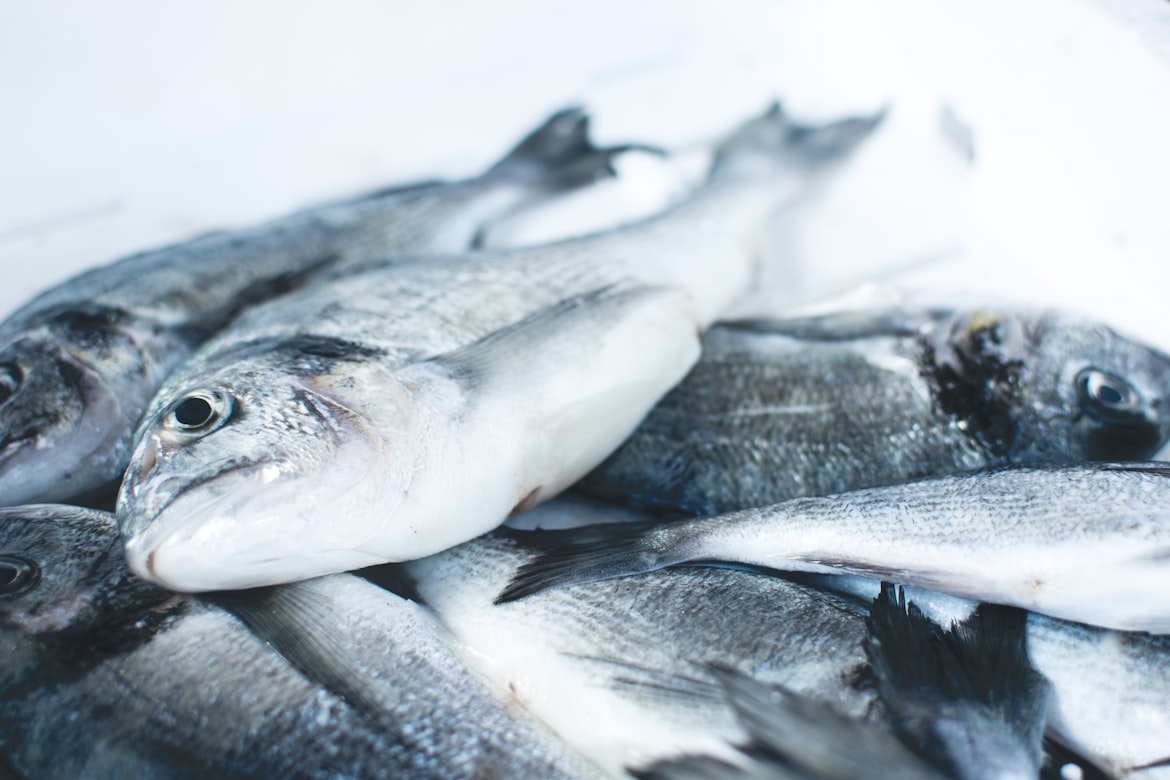
Your kitten will be overjoyed if you share your fish with her. A tiny bit of trout, salmon, catfish, or tuna will be appreciated; however, any cooked fish will suffice. She’ll be delighted after receiving a teaspoon at a time.
Meat (Cooked)
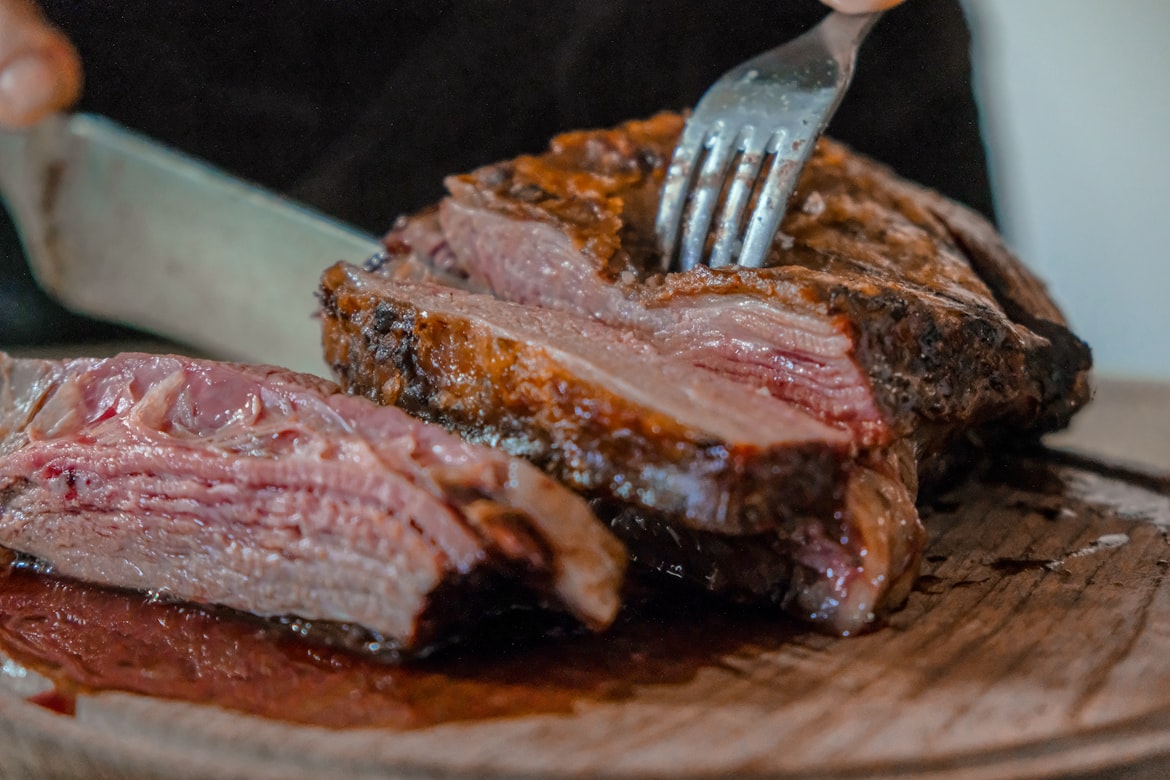
You may offer your kitten pieces of cooked beef, turkey, chicken, lamb, deer meat, or other lean proteins. Fatty meats, greasy fried foods containing salts, nitrates, or preservatives should be avoided. Don’t give your baby cat hot dogs, sausages, or bacon because these might harm her digestive system and result in diarrhea. When you offer her some meat, chop or shred it into little bits. Some kittens get overemotional and choke on huge chunks of food.
Leafy Greens

Vegetables can be added to your cat’s diet as a supplement. Even though cats are obligate carnivores, which means they must eat meat, including some vegetables in their diet provides fiber and vitamins, and minerals. A few broccoli florets or finely diced lettuce or other salad greens may be given. A little pinch at a time is sufficient.
Pumpkin

If you’re preparing squash or pumpkin for the family, give your kitten a bite. Grate a tiny fraction of the squash or pumpkin and place it on a paper towel. Instead, cover it with a wet paper towel. Microwave for only a few seconds until soft; just enough to heat through. Wait till it cools before offering your kitten a pinch of it. The remainder may be refrigerated for another day.
How To Feed Baby Cats?
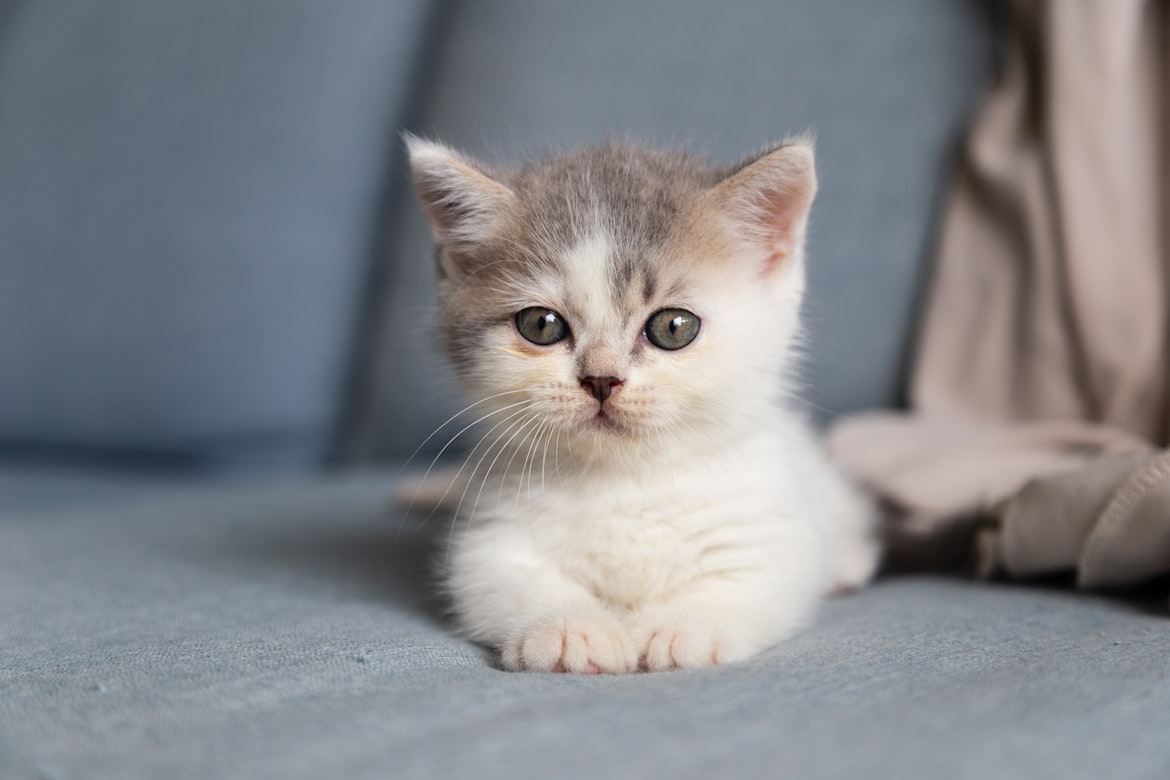
Warm the contents of the fridge-safe container to just above room temperature. Place the bottle in a small basin of warm water, then microwave for 10 seconds. Alternatively, you may put the bottle in a pot full of boiling water for a few minutes. When preparing a fresh KMR powder recipe, use warm water. Always check the temperature of the formula before giving it to the kittens by placing a few drops on your inner wrist to be sure it is not too hot.
On its tummy, feed a kitten. To mimic how he would sit next to his mother to nurse, place the kitten on his stomach in a similar way. The kitten may be kept upright swaddled in a warm towel or set on a towel in your lap. Experiment with various postures until you discover one that is both comfortable for you and enjoyable for the cat.
Allow a drop of formula to come out of the bottle while it is turned upside down. Gently move the bottle nipple back and forth in the kitten’s mouth, keeping the bottle at a 45-degree angle to prevent air from going into her stomach. Warming the milk to around 95 degrees Fahrenheit should encourage the kitten to start consuming. If you don’t succeed at first, give it another go in a few minutes. The kitten usually latches on and starts lapping after being warmed up.
What Are The Natural Predators of Baby Cats?
Python Snakes
Despite the fact that pythons are nonvenomous, Pythonsidae family members still pose a danger to cats. Any snake with the ability to prey on little animals will see cats as prey. Many huge, nonvenomous snakes in the United States, such as boa constrictors, were once kept as house pets.
A python is a stealthy killer. When a meal passes in front of a python, it will lie in wait for it. It targets its prey with its keen sense of smell and heat-sensing pits. It then embraces the animal before coiling itself around it. In a matter of minutes, constriction can kill a cat.
Dogs
Cats can be preyed upon by dogs, both domestic and wild. The behavior of a cat and a dog in a conflict will be determined by their personalities and backgrounds. A cat and a dog may have no feelings for one another whatsoever. They may, alternatively, attack one another violently.
A dog may pursue a cat on sight. This might be due to real aggression, territory instincts, or the desire to play. A cat may also target the eyes, although a puffing-up threat display is more likely. Dogs that are aggressive or feral might be dangerous to cats.
Coyotes
Coyotes are a Canidae species that range throughout the United States. Coyotes live in packs and alone. During the pup-rearing season, coyotes actively target cats, according to the Journal of Wildlife Management. According to this research, both packs and individuals would be able to successfully hunt and kill cats.
Coyotes employ their sense of smell and acute eyesight to hunt. Coyotes will travel in groups or pairs to capture bigger prey, such as deer. Individuals may target smaller animals like squirrels, rats, birds, and even house cats as opportunistic predators. A coyote will eat whatever it encounters as an opportunistic predator.
Wolves
The wolf is still the largest of the Canidae family. Wolves were nearly wiped out as a result of habitat destruction and hunting, according to legend. It was recognized that wolves were an important component of the prey population control ecosystem before complete extinction.
As a result, measures were taken to repopulate and conserve the species. Wolves were safeguarded in the United States under the Endangered Species Act as a result of this. As human populations encroached on their natural habitats due to this and because wolves are being threatened by man, wolf-human encounters are becoming more common.
Eagles
Only large eagles have been observed to kill cats, according to folklore. Eagles hunt at dawn and swoop down on their victims, who include fish, small animals, birds, and rodents. Large eagles are capable of capturing cats; however, whether they would is unknown.
Cougar
Cougars, also known as pumas and mountain lions, are carnivores that specialize in hunting deer, porcupines, coyotes, raccoons, and elk. Cougars are also attracted to livestock herds because of this.
Cougars are nocturnal hunters who are eager. Hunting will generally take place between dusk and dawn. A cougar will quietly sneak up on its prey, much like a domestic cat. It will pounce and aim a fatal bite on the back of its prey’s neck at the perfect moment. Pets are occasionally targeted by cougars, especially ones that are permitted to go outside after dark.
Owls
Owls are omnivores that eat everything from frogs to rodents. Cats are vulnerable to owls. The great horned owl, which is thought to have the most varied diet of all raptors, is one of them. Owls hunt from above. When perched at a height, one will usually be able to identify its prey. The owl will glide down in silence after that. The claws of an owl are extremely sharp, allowing it to grasp its prey tightly. This powerful grip, trauma caused by the talons, or a fast bite to the neck are all typical ways in which prey is killed.
Because cats are similarly sized to raccoons and enjoy scoping out after dark, they are in danger of being hunted by an owl. Because owls can fly silently, a cat may not realize it is being stalked until it is too late.
Wolverines
A wolverine is a small bear that belongs to the weasel family, even though it appears like a tiny black bear. The diet of a wolverine is primarily meat-based, although it forages on vegetation and berries.
Wolverines have been observed attacking and overpowering prey many times their size. They’ve also been accused of taking pets. Wolverine attacks are only a minor cause of missing cat reports.
Amazon and the Amazon logo are trademarks of Amazon.com, Inc, or its affiliates.


